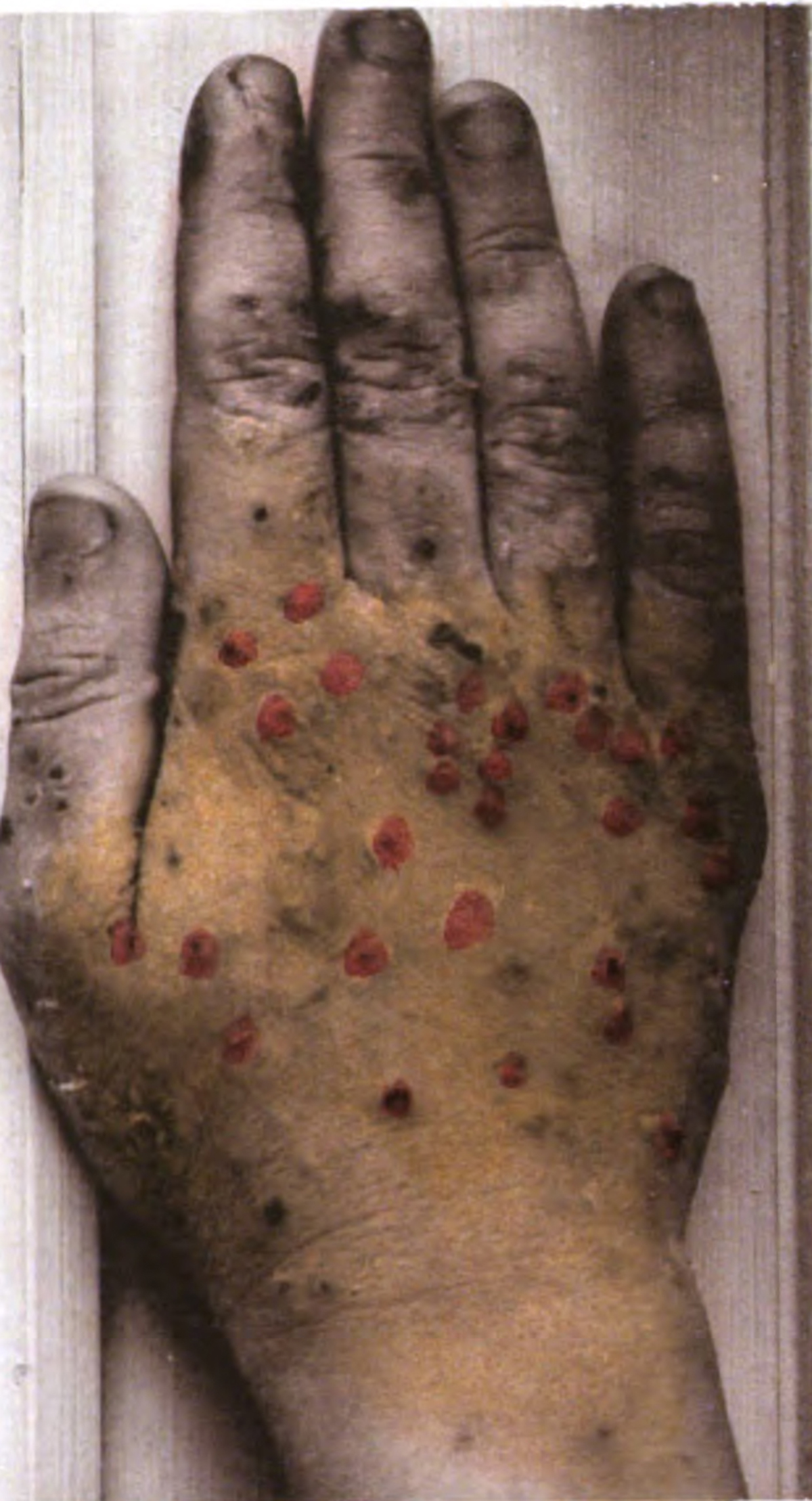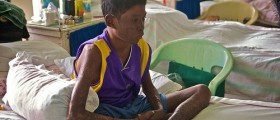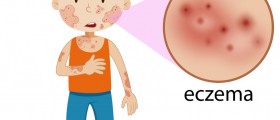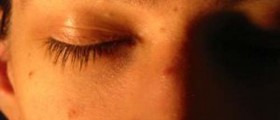
Impetigo
Impetigo is a skin infection of mostly babies and children. Infirst 24 hours, this is a very contagious skin disorder. After that period and withthe appropriate therapy, your child is no longer contagious and can play withother kids or go to school. Impetigo causes red sores around the nose andmouth. Usually the condition clears on its own, without any intervention aftercouple of weeks. Sometimes, however, impetigo can get severe and complicatedand doctors often prescribe antibiotics to prevent such condition.
Symptoms of impetigo include: red sores around mouth andnose that cause itching or pain. These sores can quickly burst, ooze forseveral days and then form a crust. Somepatients experience blisters on the same area of the face, and these blisters don’thurt. Severe cases of impetigo are characterized by sores filled with pus orfluids, which cause pain in patients and may progress into deep skin ulcers.
Impetigo Types
There are 3 different types of impetigo:
Impetigo contagiosa is the most common impetigo. There arered sores, oozing and crusts around the mouth and nose. Sometimes, these soresitch, but without any pain. After the crust falls off there might be a reddishmark for some time. Be careful and don’t let your child scratch the sores, forit may spread the infection to other parts of the body.
Bullous impetigo is frequent in very young children. It ischaracterized by the blisters on the body, arms and legs of young kids. Althoughthe area around the blisters might be red, these blisters don’t hurt.
Ecthyma is the severe case of impetigo, which affect deeperlayers of the skin. Red sores usually progress into ulcers and leave scars oncethey heal.
Causes of Impetigo
The most common causes of impetigo are bacterial infections.Bacteria enter the damaged or normally healthy skin and cause nose and mouthredness.
There are two types of bacteria that cause this skincondition: Staphylococcus aureus and Streptococcus pyogenes, usually calledstaph and strep bacteria. These bacteria are normally present on the skin and don’tcause any harm. A cut or insect bite can damage the skin and let strep andstaph bacteria inside and cause infection and inflammation. Staph bacterialinfection can progress and affect larger areas of the skin. This happensbecause bacteria produces toxin which damages the skin and helps spreading of thedisease.
Sometimes, impetigo can affect adult people. Dermatitis orsome other skin problems may also damage the skin and make it susceptible toimpetigo. This condition spreads by direct contact with infected people(children or adults) or in contact with the linen, towels, clothes or anythingelse of an infected person.
Impetigo Treatment
Doctors might prescribe topical or oral course of antibioticsfor the children and adults affected with impetigo. For the mild cases ofimpetigo doctors won’t recommend antibiotics, but hygienic measures, to makesure the skin heals.

















Your thoughts on this
Loading...